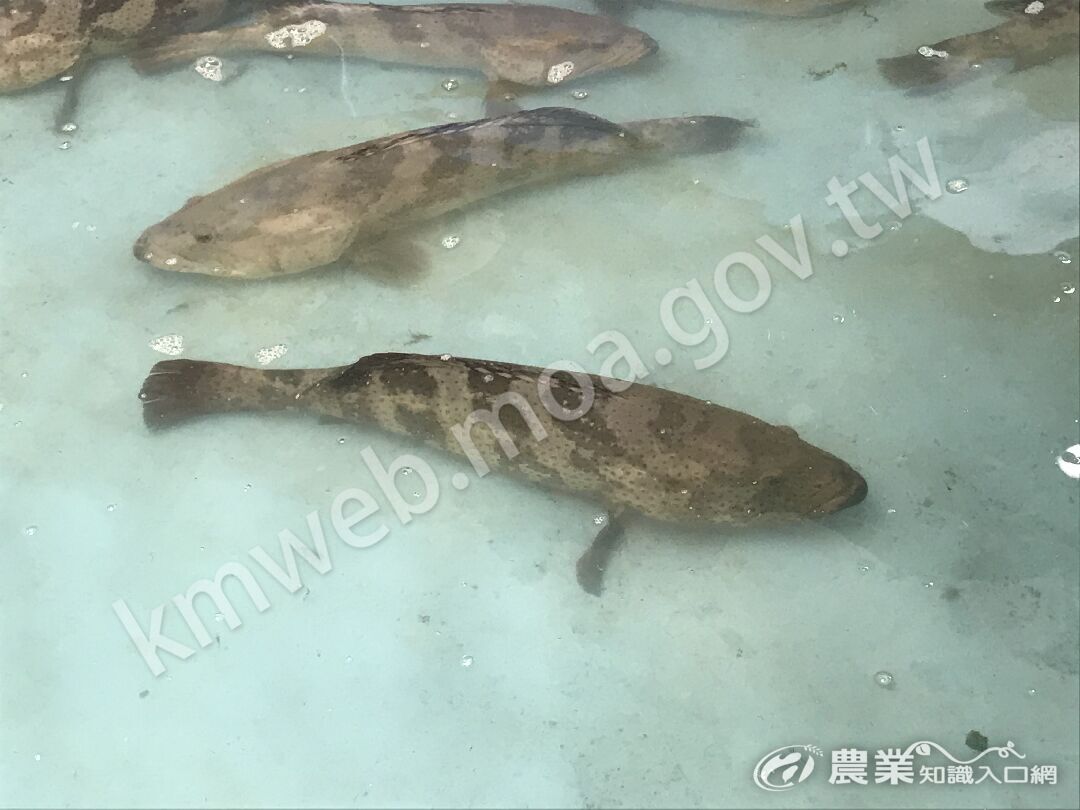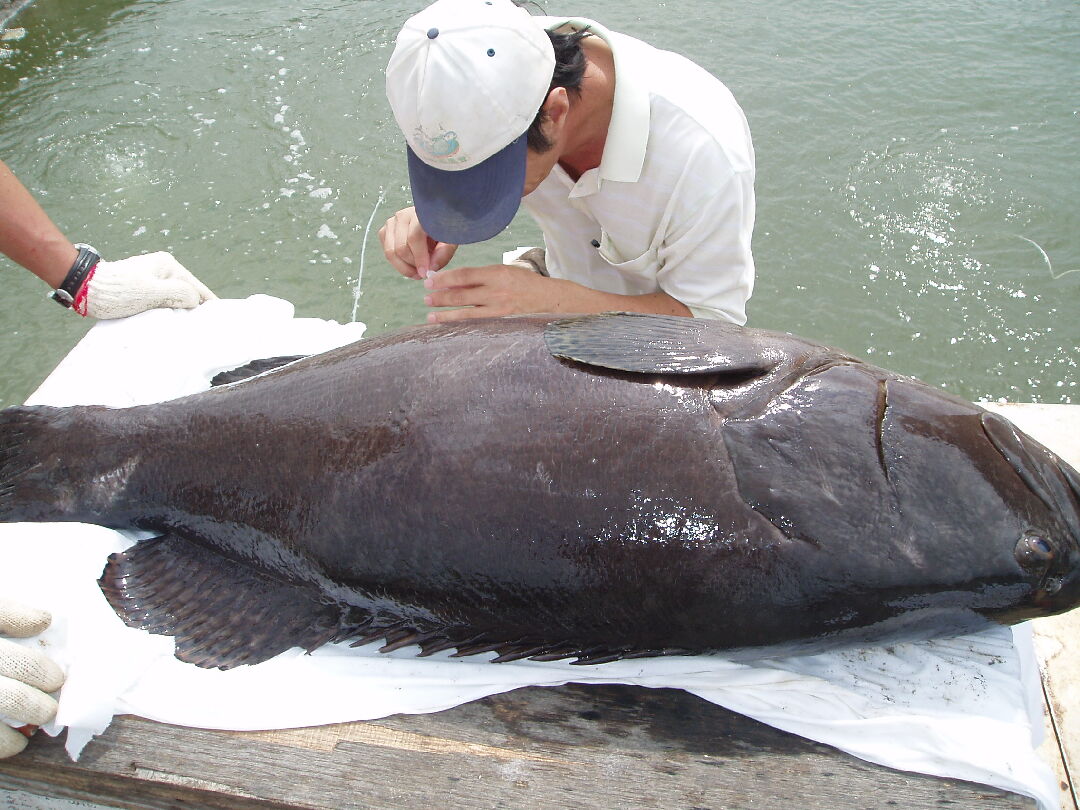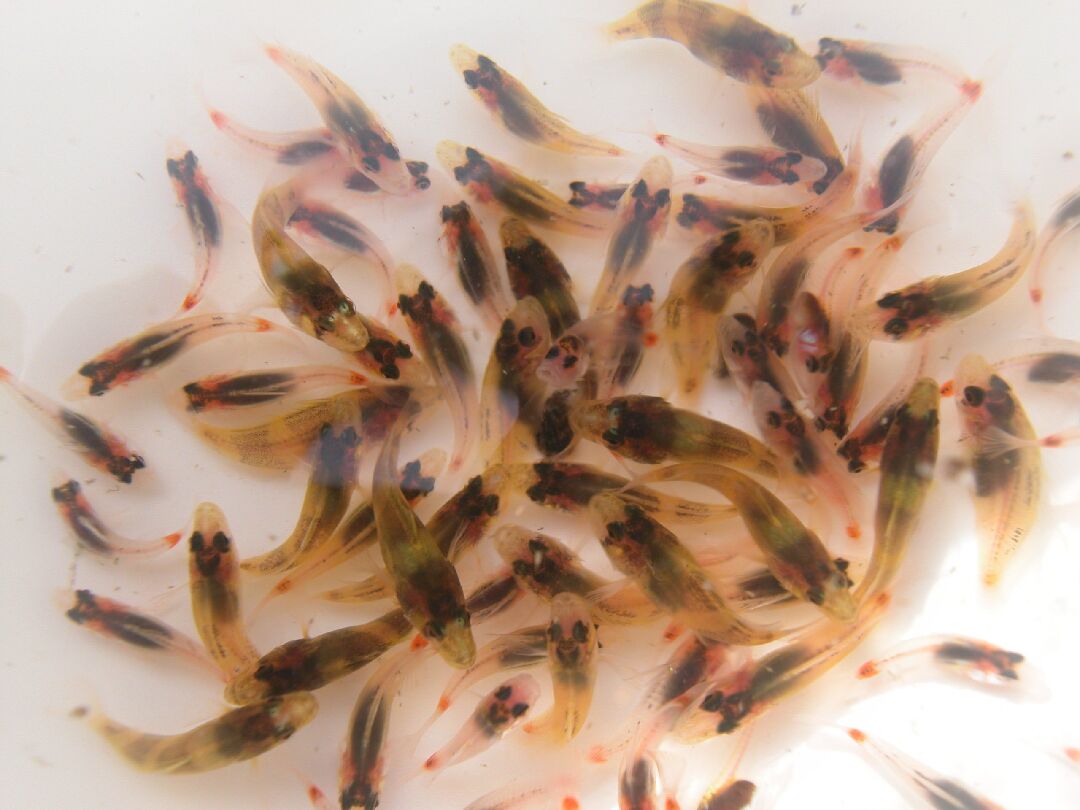在臺灣,於沿近海及澎湖海域皆有石斑魚的蹤跡,石斑魚天性喜歡棲息於岩礁區、海底洞穴或珊瑚礁等能隱蔽的地方,也常常在河囗以及沿岸礁岩處發現。其中老鼠斑 (Epinephelus altivelis)、瑪拉巴石斑 (E. malabaricus)、點帶石斑 (E. coioides)、鞍帶石斑 (E. lanceolatus)、棕點石斑 (E. fuscoguttatus)、褐石斑 (E. bruneus)及藍身大斑石斑 (E. tukula)等皆為高經濟海水魚。
石斑魚屬廣鹽性魚類,鹽度適應範圍在11-41 psu,最適水溫約22-28℃,因具有高經濟價值、對環境適應力高、某些種類成長快速,而成為臺灣重要的海水養殖魚類。臺灣目前大宗的養殖種類為鞍帶石斑與棕點石斑的雜交種 (E. fuscoguttatus x E. lanceolatus),俗稱龍虎斑或珍珠龍膽,另外還有點帶石斑及鞍帶石斑。
臺灣於1982年起開始有業者與研究機關合作培育石斑魚苗,業者自香港引進石斑魚受精卵及剛孵化的仔魚,在水產試驗所東港分所 (今東港養殖研究中心)培育了300多尾魚苗。此後,民間養殖業者,自澎湖購入天然石斑魚之人工受精卵及剛孵化仔魚,在魚塭內成功培育了數百尾至數萬尾魚苗,開啟了臺灣石斑魚養殖事業。

In Taiwan, groupers are commonly found along coastal waters, including the Penghu. They prefer to inhabit rocky reefs, seabed caves, and coral reefs, where they can remain hidden. They are also frequently found in estuaries and nearshore rocky areas. Several species, such as the orange-spotted grouper (E. coioides), giant grouper (E. lanceolatus), brown-marbled grouper (E. fuscoguttatus), longtooth grouper (E. bruneus), and potato grouper (E. tukula), are considered high-value marine fish.
Groupers are euryhaline fish, capable of adapting to salinity levels ranging from 11 to 41 psu, with an optimal temperature range of 22–28°C. Due to their high economic value, strong environmental adaptability, and rapid growth in certain species, groupers have become one of Taiwan’s most important marine aquaculture species. The hybrid between the giant grouper (E. lanceolatus) and brown-marbled grouper (E. fuscoguttatus), commonly known as "Hybrid grouper (Epinephelus fuscoguttatus♀ × Epinephelus lanceolatus♂)" is the most widely farmed species in Taiwan. Additionally, the orange-spotted grouper (E. coioides) and giant grouper (E. lanceolatus) are also cultivated in large numbers.
Taiwan's grouper aquaculture industry began in 1982, when private enterprises collaborated with research institutions to develop grouper fry cultivation. Industry players imported fertilized eggs and newly hatched larvae from Hong Kong, which were successfully reared at the Taiwan Fisheries Research Institute, producing over 300 juvenile groupers. Subsequently, private aquaculturists in Taiwan purchased fertilized eggs and larvae from Penghu and successfully raised them in fish ponds, producing hundreds to tens of thousands of juvenile fish. This marked the beginning of Taiwan’s thriving grouper aquaculture industry.

